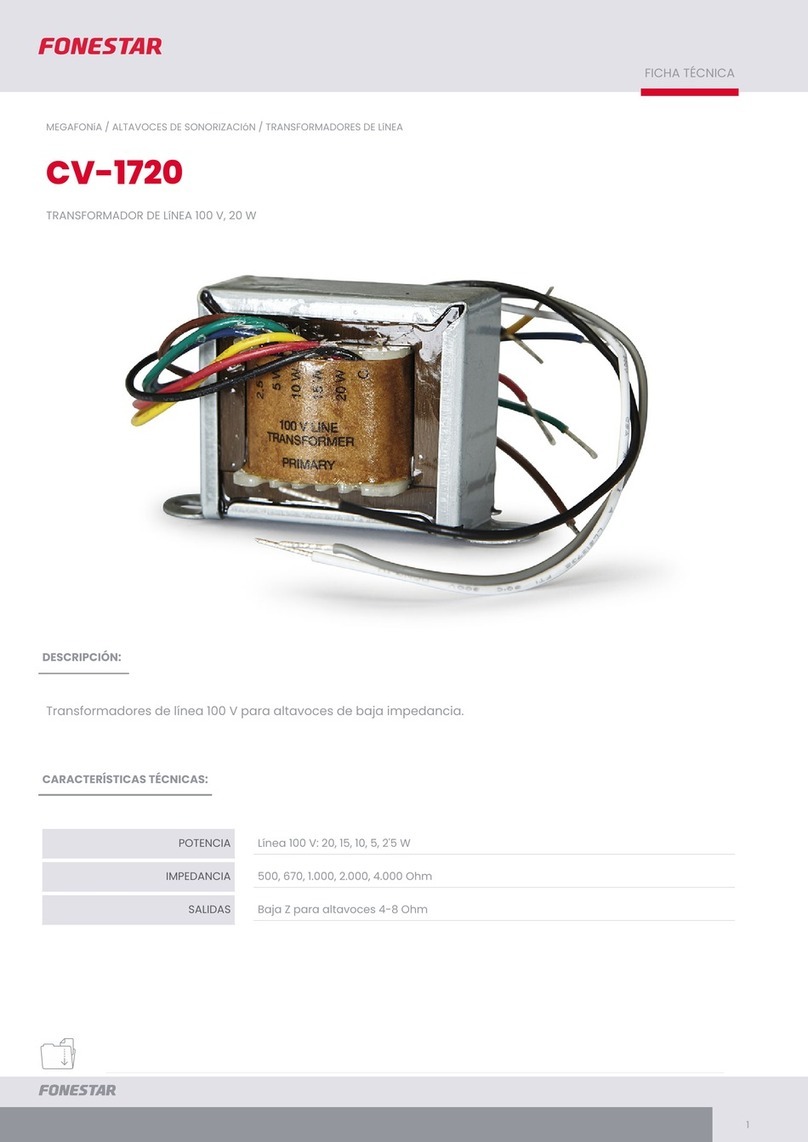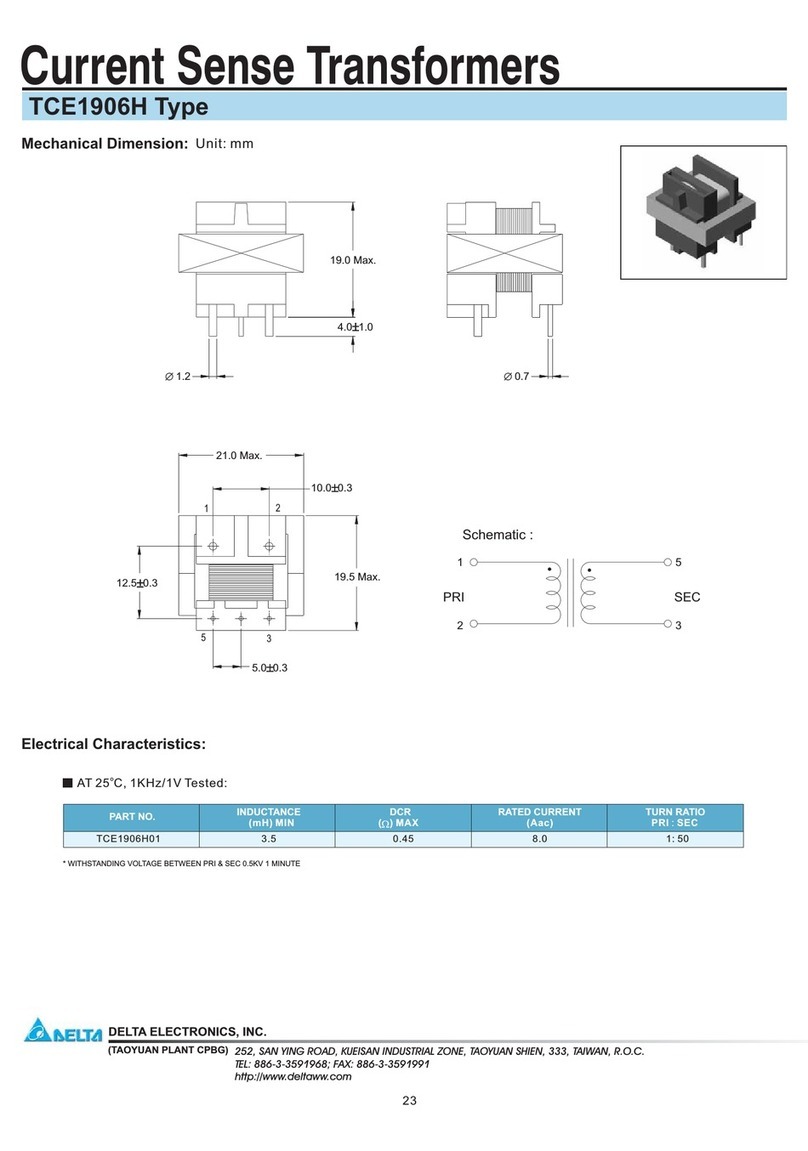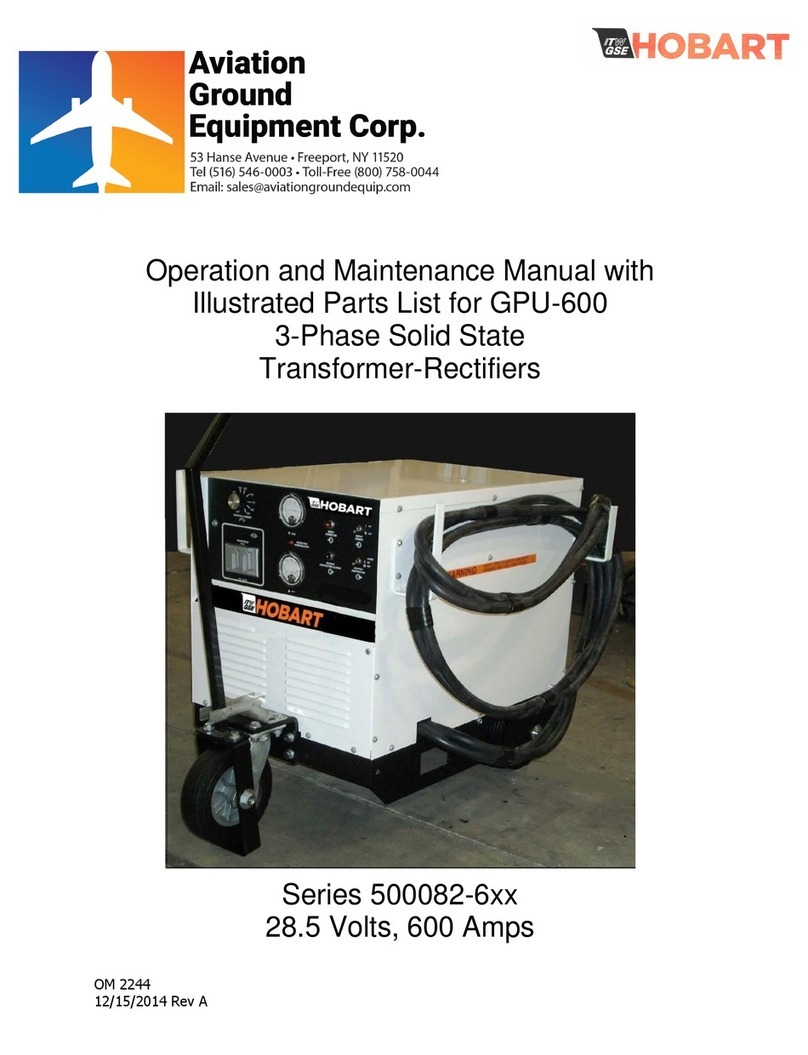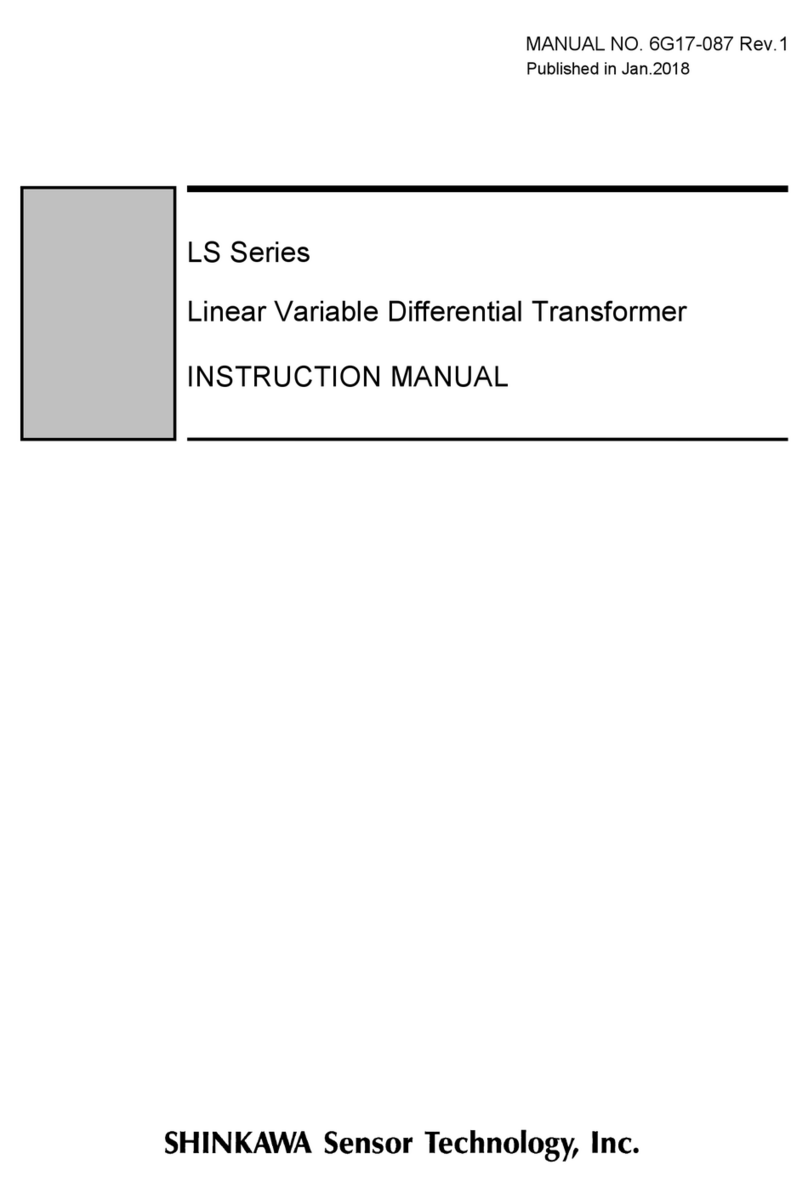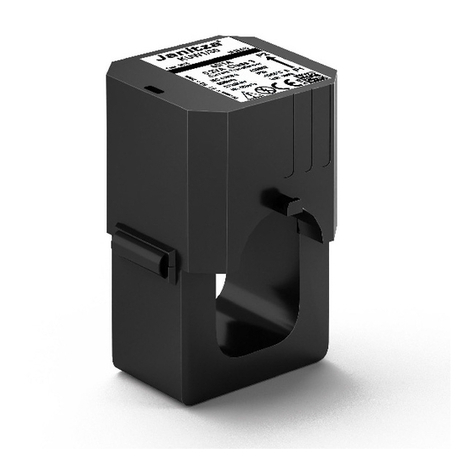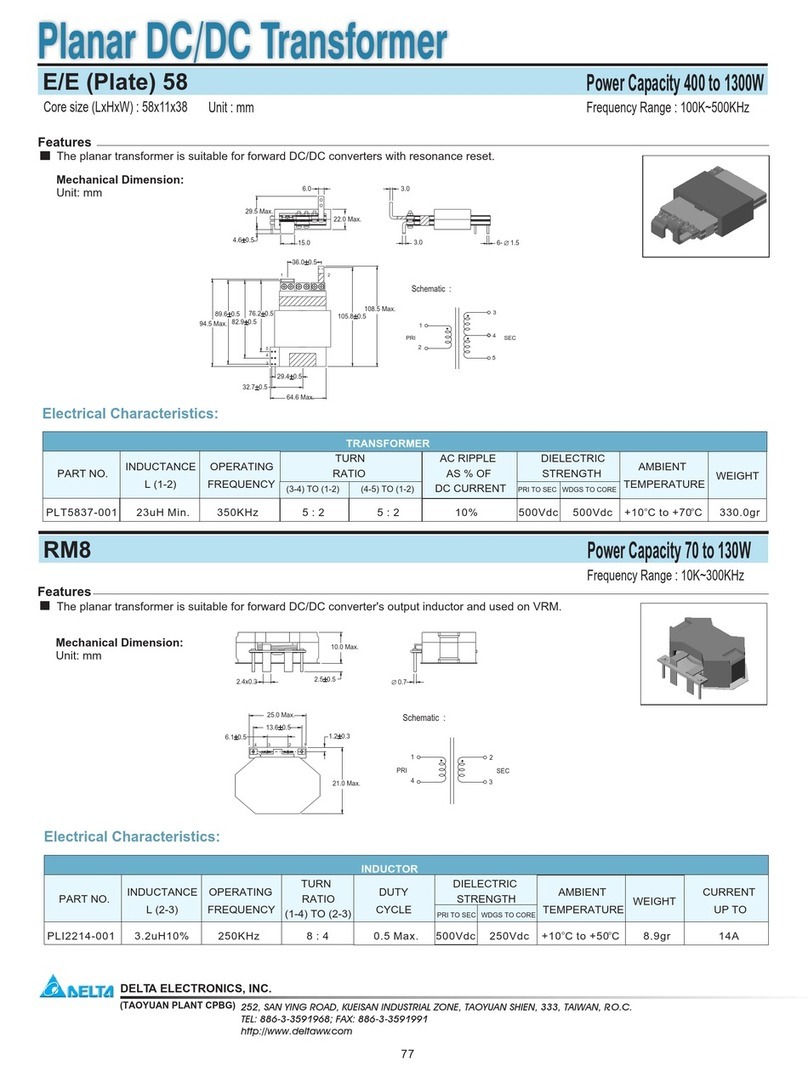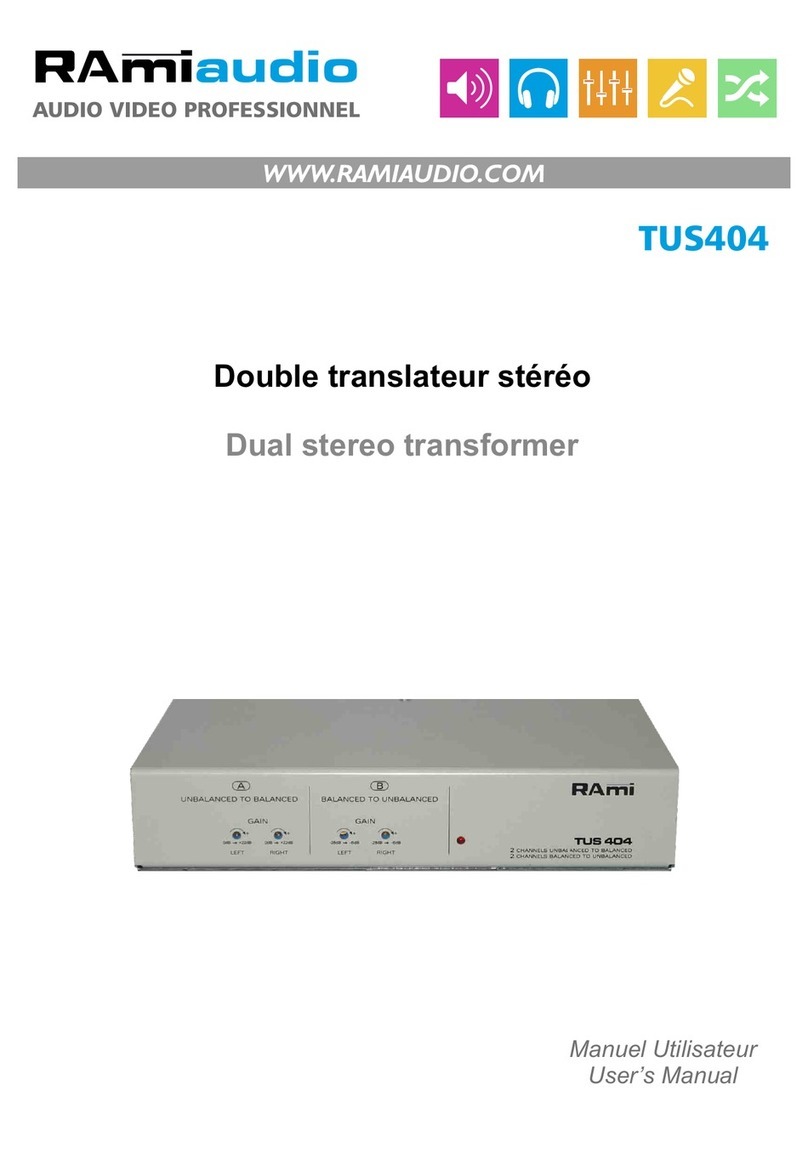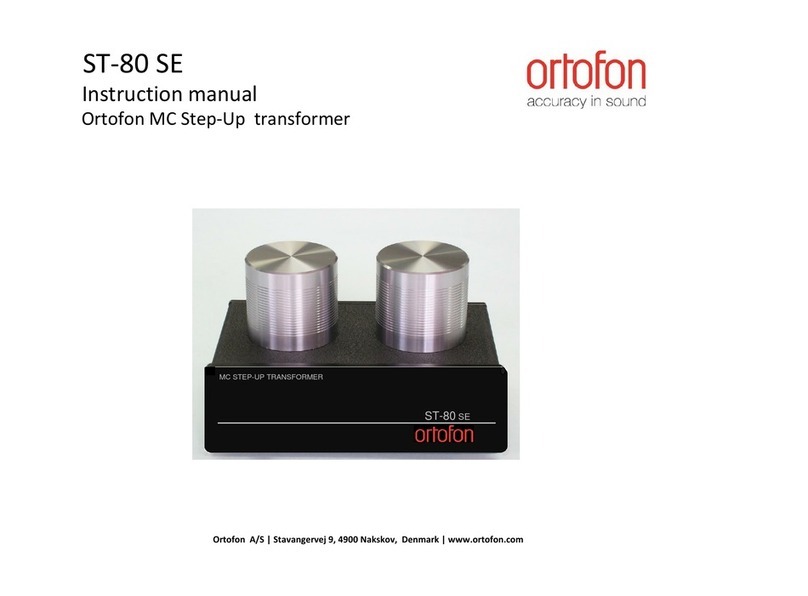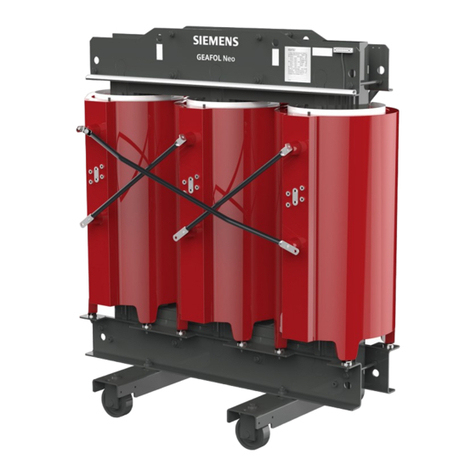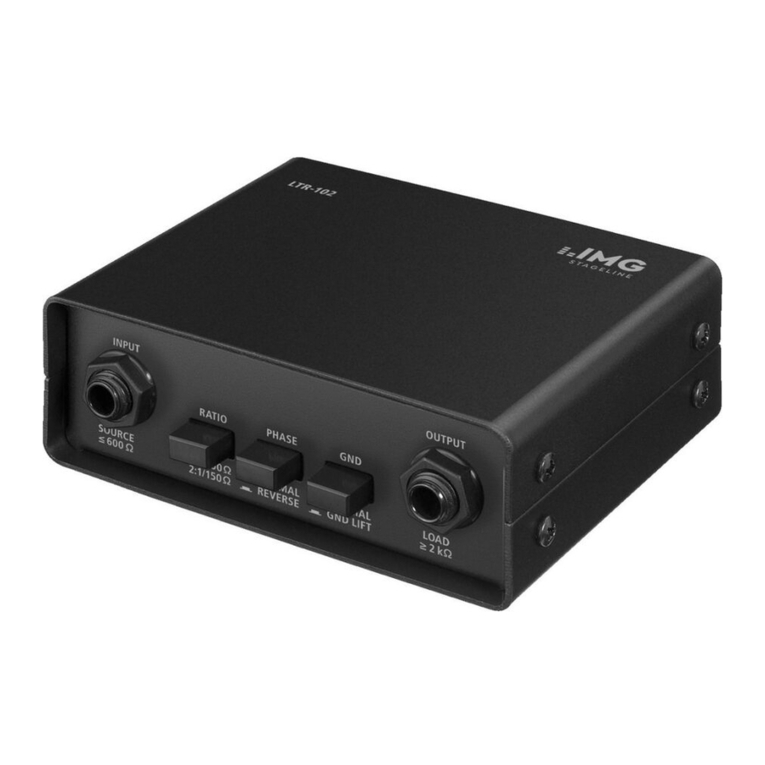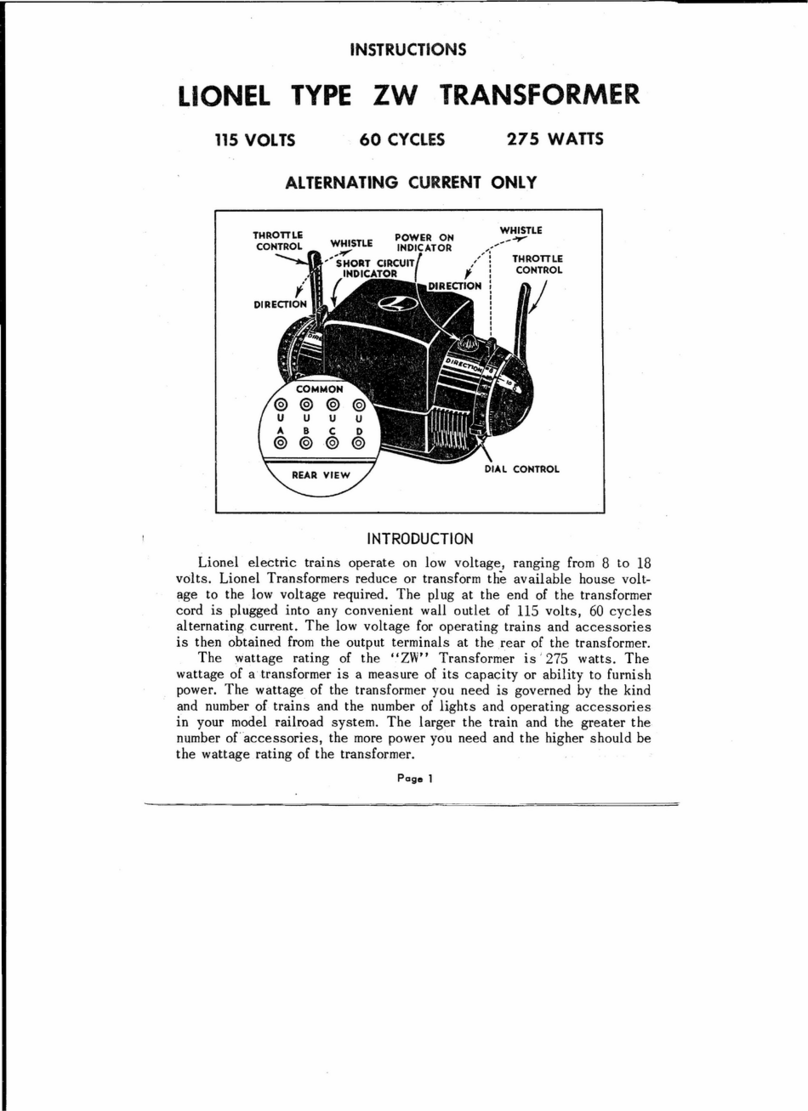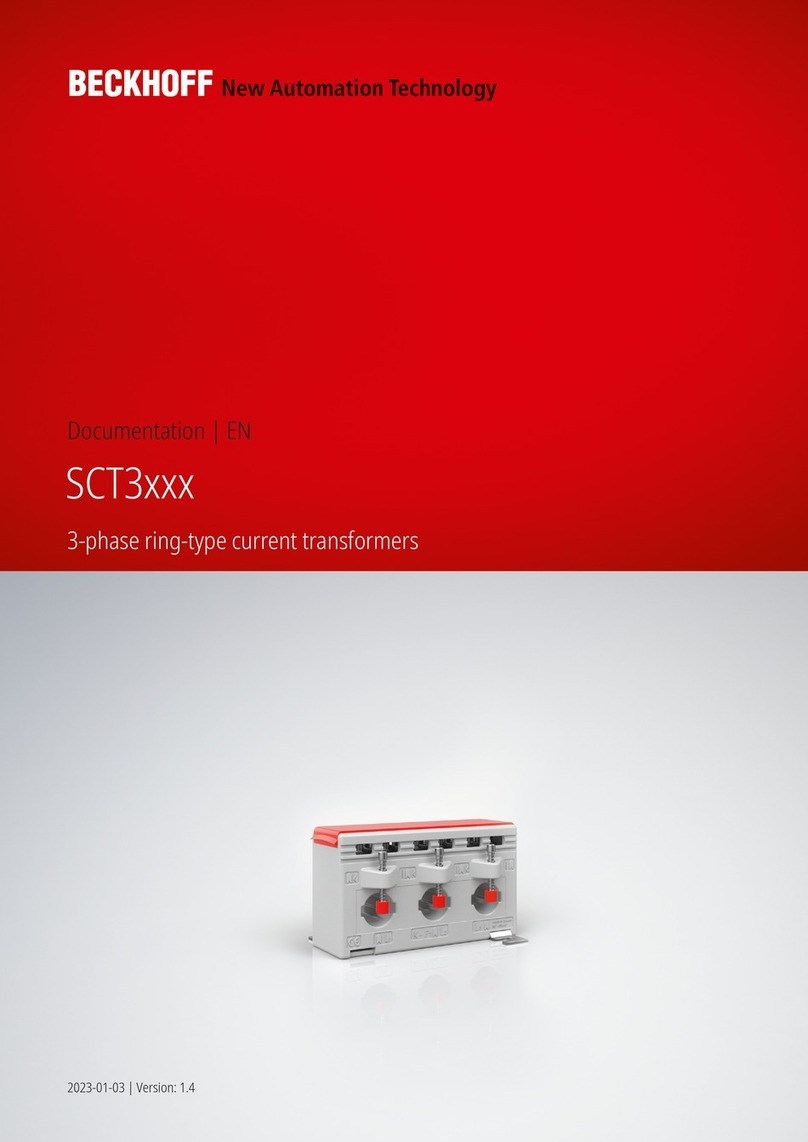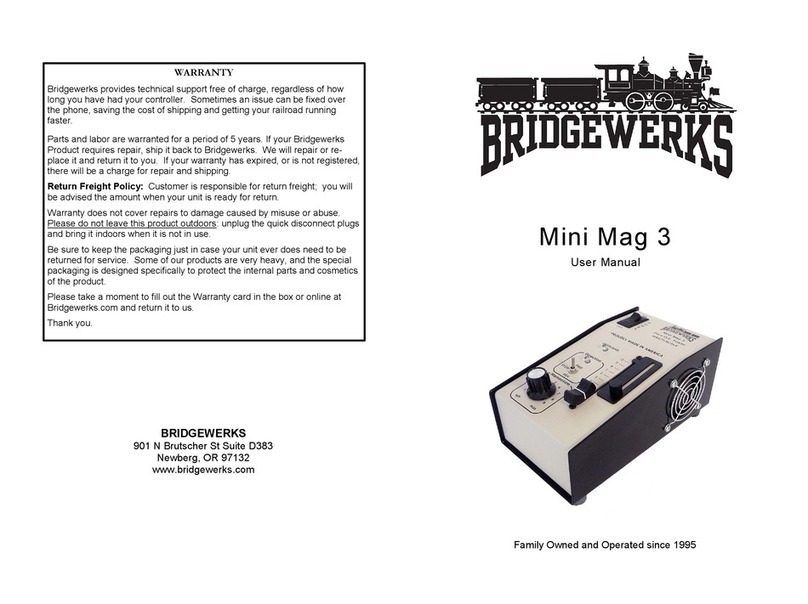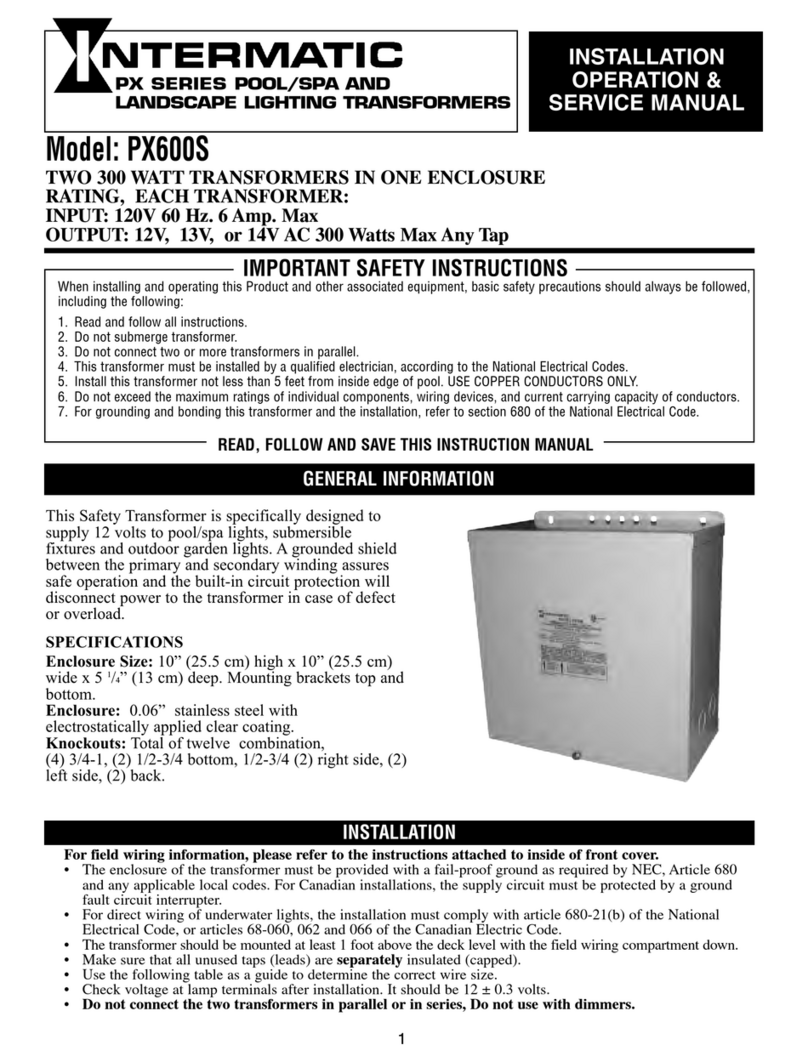
1
-,
f)
1
1
I
1
1
-'1
-I
{_I
I
3.1
PANEL
CONTROLS AND OPERATING FUNCTIONS (continued)
3.1
PANEL
CONTROLS
AND
OPERATING FUNCTIONS (continued)
P
IN
820111/820131
10.
Ratio Deviation
Dial-
Once thecalculated transformer ratio
is
entered
into the ratio switches (9) and ratio multiplier (8), this dial gives a
direct reading
of
percent deviation
of
the test transformer versus the
entered ratio. When balancing ratio switches, this dial should
ALWAYS
be
in
"0"
position.
11.
"X"
Input-This connector couples with the provided leads marked
"XO
to
X3".
12
.
"H"
Input-This connector couples with the provided leads marked
"HO
to
ID
It
,
13.
14
.
15.
16.
17.
18.
19.
20.
21.
"X" Selector -This switch selects input to be measured from
"X
Lead"
connections.
"H" Selector -This switch selects input to
be
measured from
"H
Lead"
connections. .
Polarity -This switch reverses iile polarity of measured ratio and also
acts as a polarity indicator.
Test Voltage Selector -This switch applies 12V
or
120V to the test
transformer. 12V is generally used for C.T.s where cores saturate at
low voltages.
Null Meter -Indicator for balance
of
ratio
and
phase. Detector
phasing switch (4) determines which
is
being balanced.
Excitation Ammeter -
This
meter indicates the amount
of
current
required to excite the test transformer
at
the selected test voltage (16)
under no load conditions.
Excitation Range Switch -
The
appropriate range
of
excitation current
(18)
is
determined with this switch.
"x" Input -These binding posts couple with the provided leads. .
"H" Input -These binding posts couple with the provided lead
s.
10

